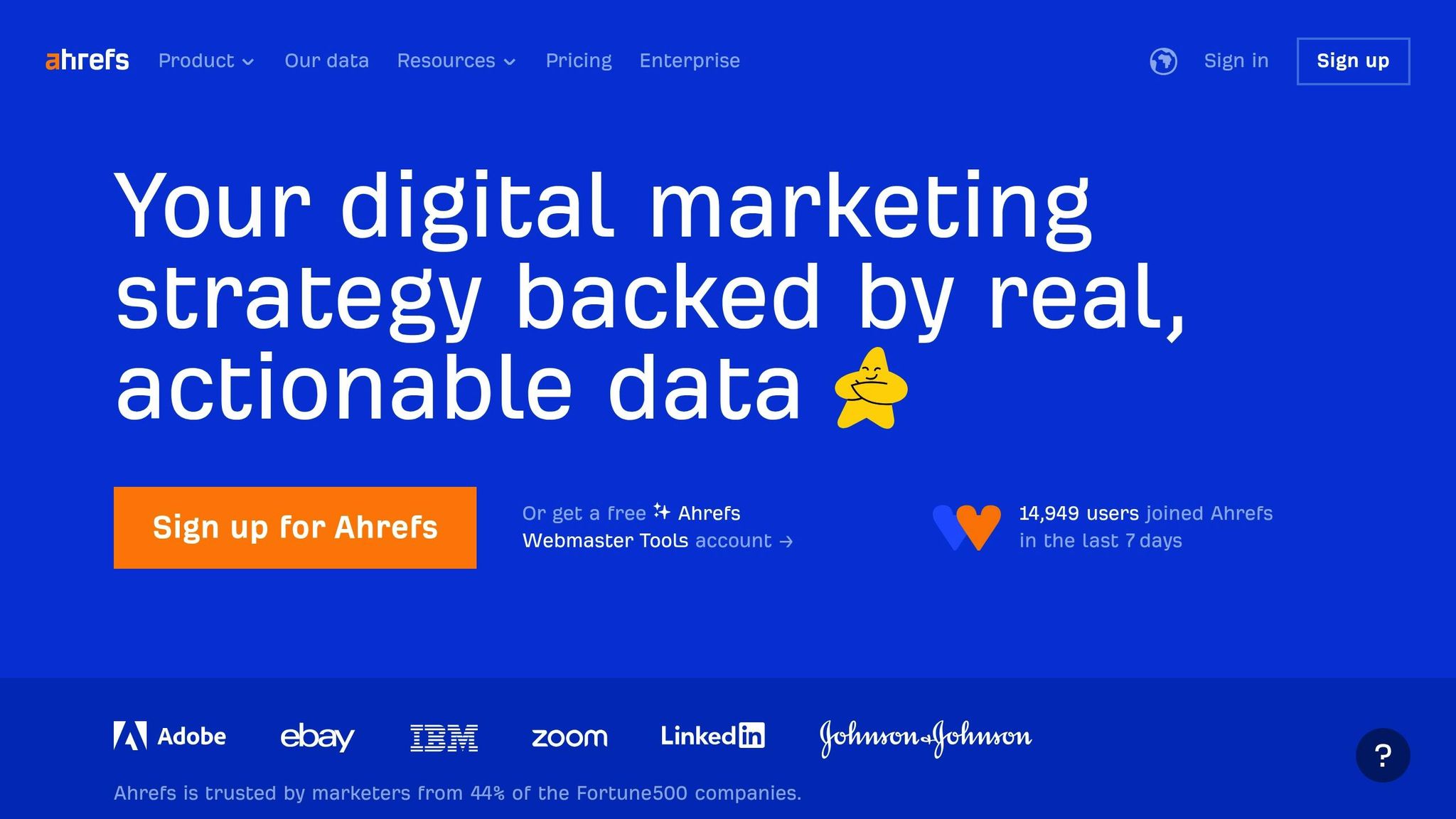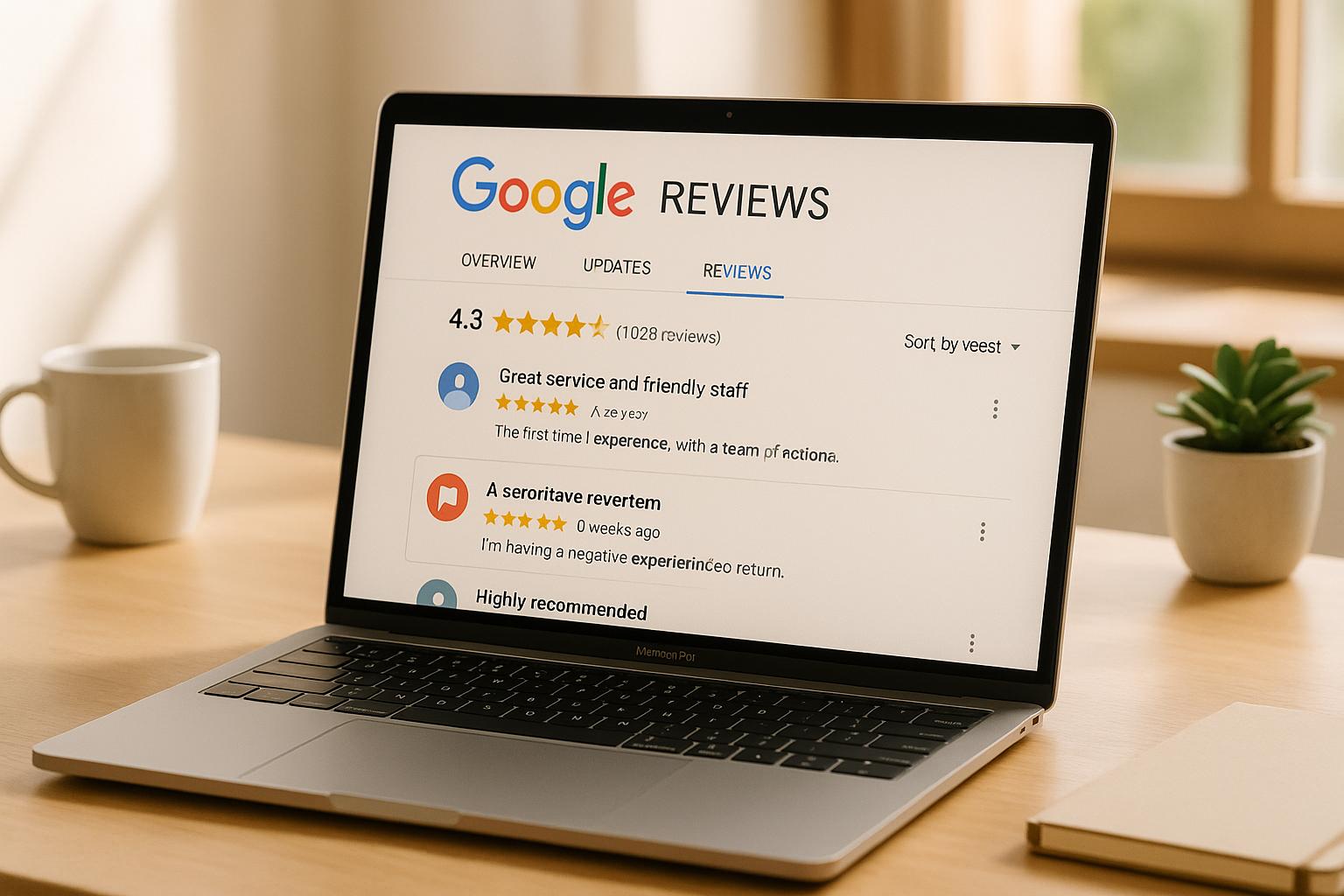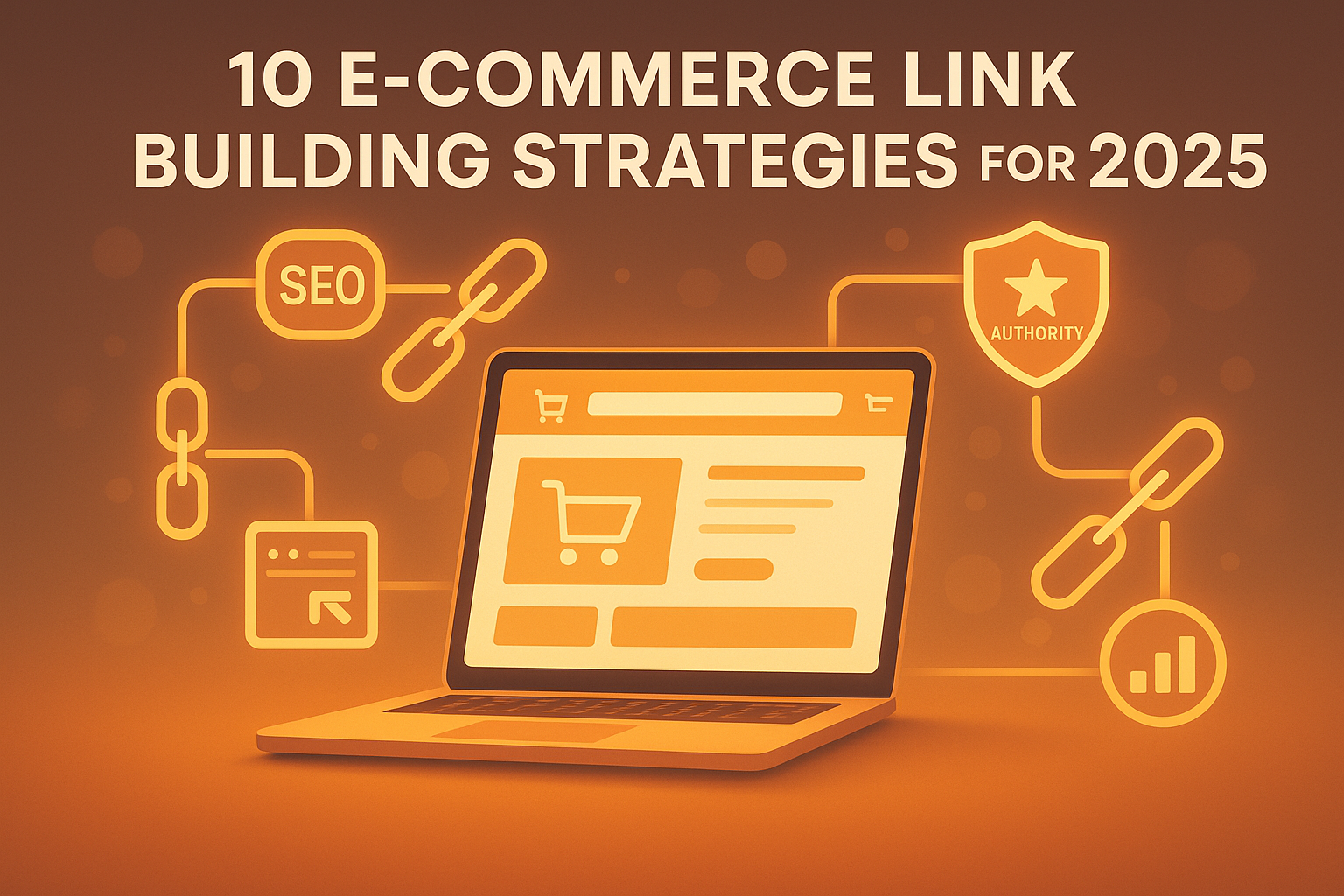Keyword research tools are essential for improving SEO and boosting online visibility. Here's a quick breakdown of free and paid keyword research tools to help you decide which is better for your needs:
- Free Tools: Great for beginners or small projects. They offer basic features like keyword suggestions, rough search volumes, and trend analysis at no cost. However, they lack accuracy, advanced features, and frequent updates.
- Paid Tools: Ideal for professionals and larger projects. They provide detailed data, advanced filters, competitor analysis, real-time updates, and more. These tools come with subscription fees but deliver deeper insights and scalability.
Quick Comparison
| Feature | Free Tools | Paid Tools |
|---|---|---|
| Cost | Free | Subscription-based |
| Data Accuracy | Basic, less accurate | Highly accurate and detailed |
| Keyword Suggestions | Limited | Extensive, including long-tail terms |
| Competitor Analysis | Basic SERP checks | In-depth tracking and gap analysis |
| Updates | Monthly or infrequent updates | Real-time or daily updates |
| Export Options | Basic CSV | Custom formats and reports |
| API Access | Not available | Available in premium plans |
Key takeaway: Start with free tools for simple SEO tasks or learning the basics. For advanced SEO, managing multiple websites, or detailed competitor analysis, paid tools are worth the investment.
Free vs Paid Tools: Main Differences
Price Structure
Free tools typically provide basic features at no cost. On the other hand, paid tools operate on tiered subscription plans, offering advanced capabilities as you move up in pricing. Premium options like Ahrefs, SEMrush, and Moz Pro charge monthly fees, with costs varying based on the level of data access and features included.
Data Quality and Depth
Free tools often come with limited search volume estimates, fewer keyword suggestions, infrequent updates, and restricted access to historical data. Paid tools, however, provide more comprehensive data - think real-time metrics, accurate search volumes, detailed competitive analysis, frequent updates, and extended historical trends. These differences play a big role when deciding which tool fits your goals.
Tool Functions
The functionality of free and paid tools can have a major impact on your SEO strategy. Here's a quick comparison:
| Feature Category | Free Tools | Paid Tools |
|---|---|---|
| Keyword Research | Basic keyword suggestions, limited volumes | Advanced filters, accurate metrics, and long-tail keyword insights |
| Competitor Analysis | Basic SERP analysis | Comprehensive competitor tracking and gap analysis |
| Data Updates | Monthly or limited updates | Real-time or daily updates |
| Export Options | Basic CSV exports | Multiple formats and custom reporting |
| API Access | Not available | Available with enterprise plans |
| Support | Community forums, basic documentation | Priority support and training resources |
Free tools are great for quick checks or basic on-page analysis. However, paid solutions like KWFinder and SE Ranking offer advanced features such as keyword difficulty scoring, content optimization tips, SERP feature analysis, rank tracking, site audits, and backlink analysis. The choice ultimately depends on the level of depth and functionality you need.
Free Tools: Benefits and Limits
Free Tools: Strong Points
Free keyword research tools make it possible for beginners and small businesses to dive into SEO without spending money upfront. They provide essential features for keyword research. For example, SEOquake offers instant SEO metrics and keyword analysis directly in search results. Many tools, like SEOToolsCentre, are web-based, so there's no need for installation or setup. While these tools are accessible and easy to use, they do come with some limitations.
Free Tools: Drawbacks
The downside? Free tools often provide rough estimates and less frequent data updates, which can impact accuracy. They also come with restrictions like limited search capabilities and fewer keyword suggestions, making them less effective for in-depth research. These drawbacks can be especially challenging in fast-changing industries where up-to-date data is critical.
Free Tools Comparison Table
| Feature | Advantages | Limitations |
|---|---|---|
| Cost | No financial investment needed | Limited to basic features |
| Accessibility | Easy online or browser access | Restrictions on usage frequency |
| Data Quality | Provides essential metrics | Less accurate, outdated data |
| Learning Curve | Simple for beginners | Few advanced options available |
Free keyword research tools work well for beginners or for handling basic SEO tasks. Tools like FatRank and Beam Us Up are great for essentials like rank checking and site crawling. However, for more complex needs, their limitations might become apparent.
Best Keyword Research Tool: Ahrefs vs UberSuggest vs GKP ...

sbb-itb-5be333f
Paid Tools: Benefits and Limits
Paid keyword research tools build on the capabilities of free tools by offering more detailed data and automation features designed for high-level SEO projects.
Paid Tools: Strengths
These tools provide deeper insights and advanced automation to improve SEO efforts. Features like rank tracking, competitor analysis, and site auditing are designed to save time while delivering actionable data.
Paid Tools: Drawbacks
Despite their advanced features, paid tools often use tiered pricing models based on usage and access to features. This can make them less accessible for smaller businesses or those with limited budgets.
Paid Tools Comparison Table
| Aspect | Advantages | Limitations |
|---|---|---|
| Data Quality | Detailed insights, including rank tracking and competitor analysis. | - |
| Features | Automation and AI tools simplify complex tasks. | - |
| Pricing | Flexible plans based on usage. | May not be cost-effective for small-scale needs. |
The Top SEO Marketing Directory offers a helpful resource for comparing various paid keyword research tools. This can guide you in selecting the tool that aligns best with your project's goals and budget.
How to Pick the Right Tool
Choosing the right tool depends on your specific needs, budget, and SEO objectives. Here's a breakdown of when to use free versus paid tools.
Best Uses for Free Tools
Free tools are a great starting point for beginners or small businesses. They work well in situations like:
- Managing a single website
- Performing basic keyword research
- Accessing essential metrics
- Learning SEO fundamentals
| Business Type | Recommended Usage | Key Benefits |
|---|---|---|
| Small Blogs | Basic keyword discovery | Easy to use, delivers quick results |
| Local Businesses | Location-focused keywords | Provides necessary metrics at no cost |
| Startups | Early SEO research | Budget-friendly for exploration |
If your SEO needs grow beyond the basics, it might be time to consider paid tools for more advanced features.
Best Uses for Paid Tools
Paid tools shine when dealing with more complex SEO tasks. They’re ideal for:
- Managing multiple websites or client accounts
- Driving significant organic search traffic
- Conducting in-depth competitor analysis
- Performing detailed keyword research
| Business Scale | Key Features Needed | ROI Factors |
|---|---|---|
| E-commerce Sites | Product keyword tracking | Boosts conversions |
| Digital Agencies | Multi-client management | Saves time, offers detailed reports |
| Enterprise Websites | Comprehensive SEO data | Enables market share insights |
For in-depth comparisons of paid tools, check resources like the Top SEO Marketing Directory's premium listings. Starting with free tools and upgrading as your strategy evolves is often a smart approach. Paid tools can provide the advanced insights needed to scale your SEO efforts effectively.
Conclusion
If you're working with a tight budget, free SEO tools are a solid starting point. They cover the basics like keyword research and foundational SEO tasks, making them ideal for beginners or small, single-website projects. On the other hand, paid tools are worth considering if you need more detailed data and features to handle larger or more complex projects.
Paid tools become especially useful when:
- Managing multiple websites or clients
- Running unlimited keyword searches
- Diving into in-depth competitor analysis
- Conducting thorough SEO audits
Your choice of tools should match your current goals, but be prepared to upgrade as your SEO efforts grow. Many professionals find success by blending free and paid tools - starting small and expanding their toolkit as their needs evolve.
As your efforts scale, resources like the Top SEO Marketing Directory can help you pick premium tools that align with your goals. The right mix of tools can make a big difference in your SEO results, so it's worth revisiting your toolkit regularly to ensure it supports your business objectives.


